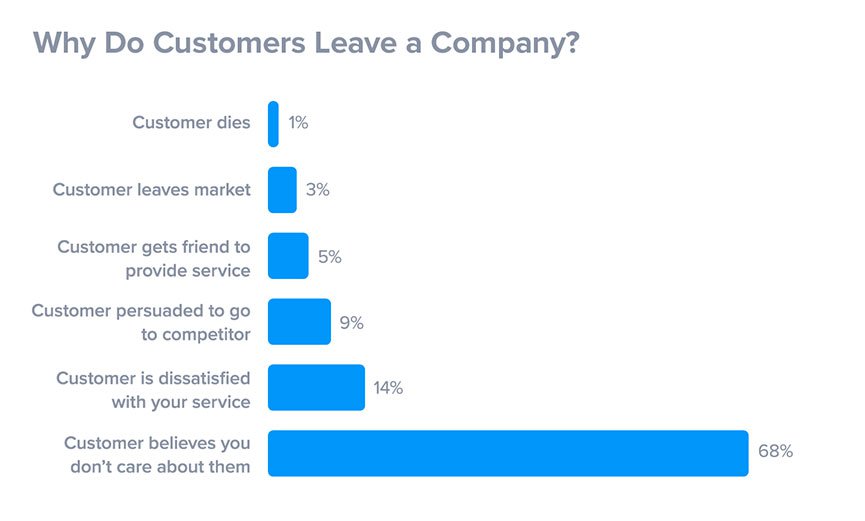Optimizing Gym Membership Retention with Rewarding Loyalty and AI-Driven CRM Solutions


A healthy membership retention rate is absolutely vital for any business’s success, especially in the increasingly competitive fitness industry. After all, acquiring a new customer can be up to 25 times more expensive than retaining an old one – membership retention doesn’t merely affect who walks through your doors, it also affects your bottom line.
Member loyalty and member retention are often seen as heavily synonymous. If members are staying with your brand, that means they’re loyal, right? Not necessarily. Membership retention measures whether or not an existing customer continues to do business with you. In contrast, loyalty measures a customer’s attitude toward your brand. Do your customers actively prefer your brand over your competitors, or are you at risk of losing their business to that new business on the block?
Of course, there is still a relationship between retention and loyalty, since a loyal customer will almost every case also be a retained customer (barring factors such as a sudden inability to pay). Furthermore, there is a relationship between retention and rewarding loyalty – a staggering 82.4% of respondents said they would be “more likely” or “much more likely” to shop at stores that offered loyalty programs.
It’s not hard to imagine why this is the case. When people are rewarded for loyalty, they feel appreciated, something that is increasingly important in business – 68% of customers said they left a company because they believed that they were not cared about.

If customers are not rewarded for their loyalty, they have less incentive to be loyal, particularly in an industry like fitness where new competitors crop up every day with attractive deals designed to draw new customers through the door. A loyalty program also helps to cultivate a sense of community and belonging in members. For instance, Harley Davidson customers, who call themselves “hogs,” frequently develop bonds with their community members. When customers strongly identify with a brand, they are less likely to switch to a competitor.
Types of loyalty programs
Loyalty programs take many different forms. In its most basic form, a loyalty program is a points-based system, such as UK supermarket giant Sainsbury’s Nectar Points scheme. However, many businesses are adding to the classic model, providing special features to members as well as points. For example, the wildly popular Sephora Beauty Insider scheme, which has over 17 million loyal members, organizes exclusive member events and makeup classes. The Starbucks Rewards™ scheme gives members free in-store refills and the ability to order drinks in advance. For a gym, non-monetary incentives like exclusive fitness classes and the use of special facilities like saunas or access to sports therapists could also be extremely effective. One might also consider pricing strategies that directly reward loyalty as another way to signal to loyal members that you value their business.
Loyalty program best practices
However, according to The Loyalty Report 2017, the average consumer is involved in 14 loyalty programs but only has the capacity to engage with half of them. Companies lose money on time and effort, and customers get no more value from the businesses to which they are “loyal.” Here are two important things to remember when designing a loyalty rewards scheme:
1. Keep it simple
If you can’t explain your loyalty program to a customer in two sentences, it’s probably too complicated, and it will probably be ineffective. Keep things simple and easy to understand! For example, one H&M Club has designed its program so that one point is worth $1. Structuring your rewards scheme in an easy-to-understand way means that customers are more likely to understand what’s in it for them, and subsequently more likely to engage with the loyalty scheme.
2. Offer a personalized experience
Increasingly, customers are demanding personalized services. Think with Google discovered that 63% of people expect brands to use their purchase history to provide them with personalized experiences. Every demographic is different, and you must first know what your customers actually want. If you don’t, there is likely to be a mismatch between the rewards you offer and what would actually incentivize your customer base to stay loyal. A good way of finding out the details you need to hit the sweet spot is to use an AI-driven CRM for your gym and ideally, it should also help you with the gym automation process to make engaging with your members not only personalized but also consistent.
Conclusion
Rewarding loyalty can be an extremely effective way to boost customer loyalty, and consequently, customer retention. Take the time to assess what sort of loyalty rewards scheme will work best for your demographic, keep it as simple as possible, and you’re likely to see great improvements in both loyalty and retention.
Discover Keepme in your custom demo
Book your FREE 15-minute demo and discover how Keepme can revolutionize your sales and membership processes.
---3.png)


